Untitled: An exploration of anonymity in the Dominican Republic by Brittany Fulgione '18
Brittany Fulgione '18 has traveled to Central America and the Caribbean three times to contextualize social justice work in Latin America. This is her senior capstone reflection.
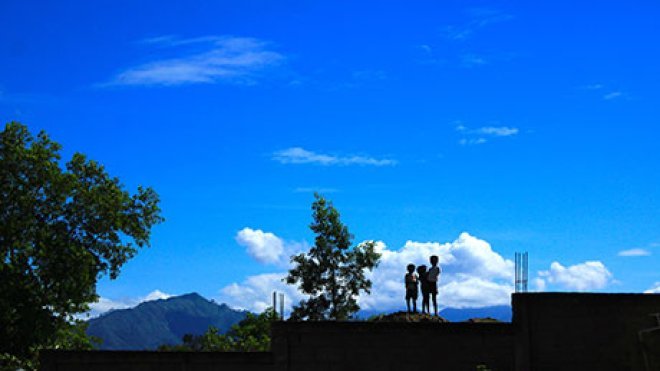
This past January Autumn Quezada-Grant, associate professor of Latin American history, and Dorian Jackson, assistant professor of Spanish, led a group students on an intensive study abroad experience to the Dominican Republic to explore social justice in Hispaniola. One of the students on that trip, Brittany Fulgione '18, turned that experience in an exhibit that was on display in the Global Heritage Hall this spring.
All of the photos here were taken across the western half of the island of Hispaniola, starting from the wealthiest part of the Dominican Republic to the poorest, at the border of Haiti. This project focused on capturing different aspects of race and power in the DR, specifically looking at issues of disenfranchisement, statelessness, and poverty.
The exhibit is called “Untitled”. All pieces in this project remain untitled, mirroring the sense of anonymity that each represents. This is an outside look into the lives of few that represents the lives of many- the powerlessness that comes with injustice. Facelessness of the marginalized remains a constant threat to dehumanization, a tool of the oppressor.
"Untitled.01"
Two boys peer into their classroom, on the outside looking in. What has caught their attention?
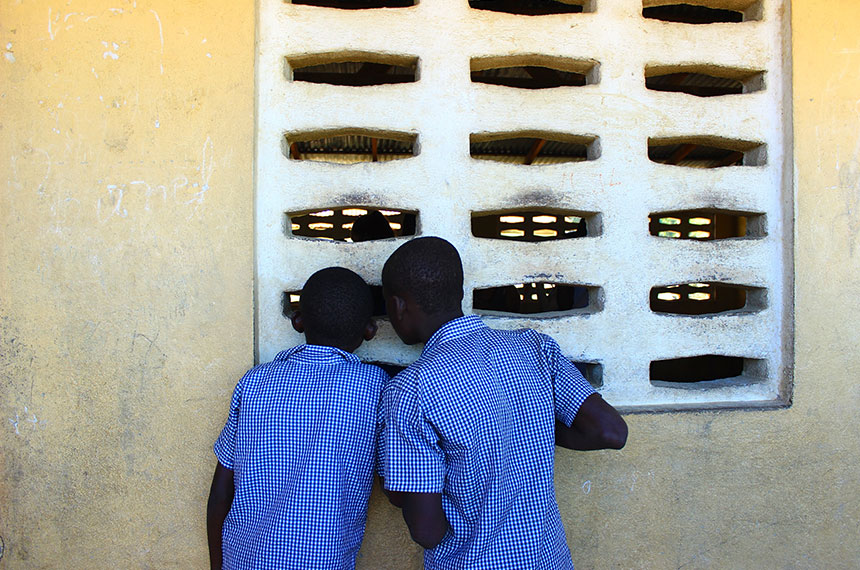
Inside, barren. Notes scribbled across the walls. The room is empty besides a few desks pushed into the back corner. Students are running outside, while the classroom stands empty. On the board- Spanish, French, Creole and English cursive. It is inadequate and unfair to equate poverty with the lack of knowledge. People are able to overcome the boundaries of material resources. Learning was once a communal, vocal transition from one generation to the next. Emptiness of the physical space is not the same as emptiness of the transient thought.
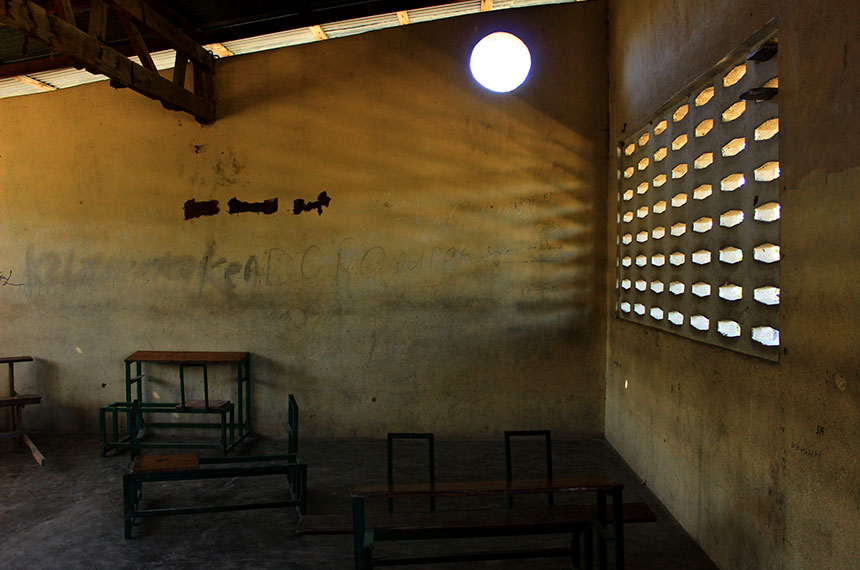
"Untitled.02"
Waist deep, wading through, weighted down- by both the physical and the emotional. This river, divisive, stands between Dajabon, Haiti and Restauración, Dominican Republic. It is the physical manifestation of the division of two nations. What distinguishes one country, one group of peoples, from another? The imagination of a nation is created not from what one is, but from what one is not. The Dominican is different from Haiti, therefore the Dominican exists.
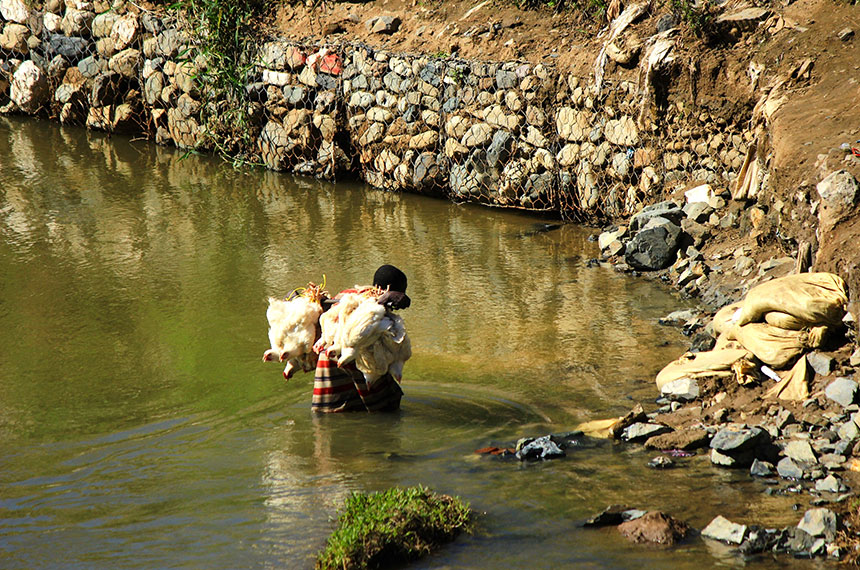
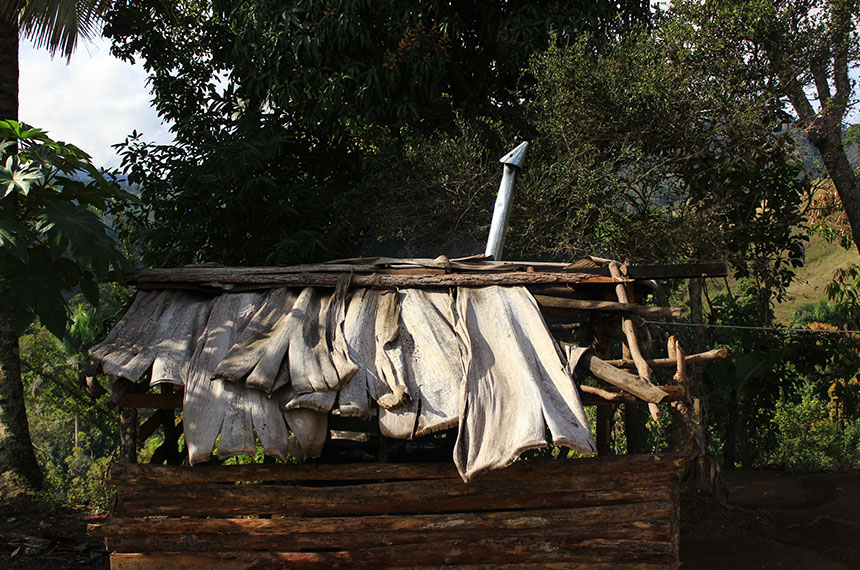
"Untitled.03"
From Batey Palo Bonito, located outside of La Romana, Dominican Republic. Groups of externally and internally displaced peoples are trafficked into the cane fields. Communities, both hidden away and crumbling, were constructed miles with the sugar cane plantation by the companies who own the fields. These people live here, forever, working for less than 50 cents a day, cutting and chopping and hauling and sleeping and restarting again every morning. They maintain and harvest the sugar cane. Back breaking, scarring labor for little to no money.
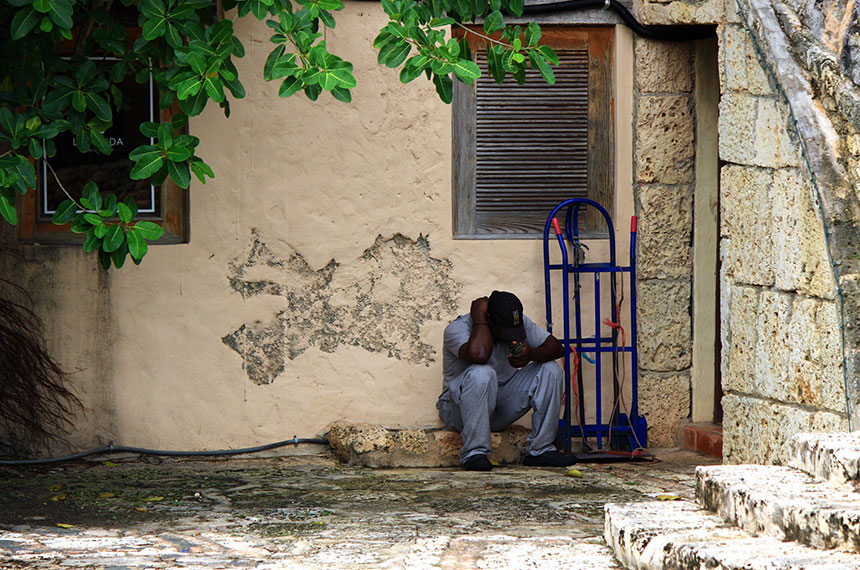
People have created entire lives for themselves and their families within the cane fields. Few ever leave. These families, these people, are faced with a statelessness that is hard to understand. As they were trafficked illegally into the country, they have no legal rights, no access to resources and no voice.
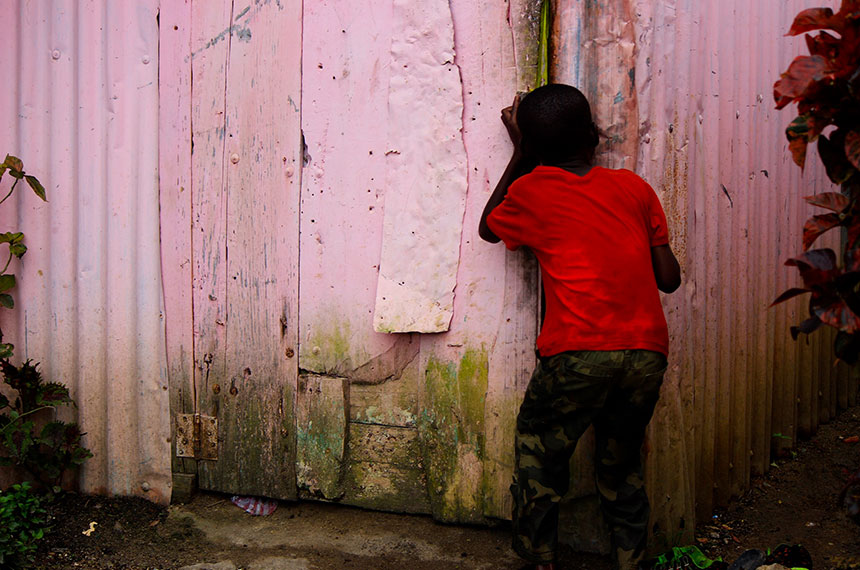
"Untitled.04"
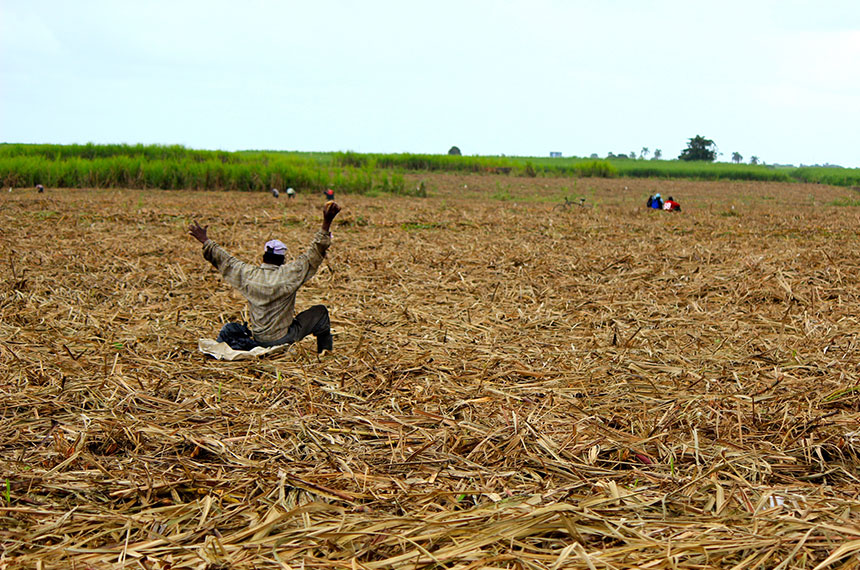
"I stand, barefoot atop of the hard ground, feeling every pebble pressing my sole, pressing back against me as I on them. The sky, so bright and blue as a bird flies over me, I can see him looking at me. He tells me that all he can see from up there is a sea of green, spreading in every direction for miles. He sees dark shapes below, scattered throughout the sea, bopping up and down.
-Take me with you, take my spirit so I can see through your eyes what lies beyond this great big sea.
-Follow me.
He flies away, soaring over the tops of plants, wind flowing between his feathers, free. We see far off in the distance a fierce mass of blue. It does not sway lightly in the breeze as do the sugar stalks. Instead it smashes against rocks along the coast, smashing and destroying itself, then returning slowly back towards the great blue. Pebbles beneath my feet again, puncturing the underneath of myself, yet I can see the waves smashing and breaking. There’s so much beauty in that, I too wish to smash against the rocks, to break apart, to sink slowly back to something larger than myself.
The don calls my name. He points towards the cane field and hands me a machete. He shouts at me, and pushes me towards the sea of green. I don’t know what he’s saying, but I know he wants me to get back to work. He watches me move from far above, drifting slowly back into the flow of the fields. I swim in, waist deep, neck deep, into the stalks, until they’re so tall I can barely see the sky. I drop slowly down, sinking my knees into the mud. I know no one can see me now, except maybe him, circling above the stalks. If I were to stay kneeling here for too long, long enough for the mud to dry, to trap me here- would anyone notice? Would they send someone out for me, or would they simply send someone knew in my place. This is my section of stalks to cut, but how long would it take before they notice that I have vanished, swept out to sea.
-What can you see from up there now?
-Waves of green, swaying in the wind.
-Have they sent anyone else for me yet?
-Not for you.
A car drives by on the long stretch of road by the fields. I wonder where it is they’re going. Can they see me, in my ragged black shirt, my ragged black skin beating under the heat of the sun?
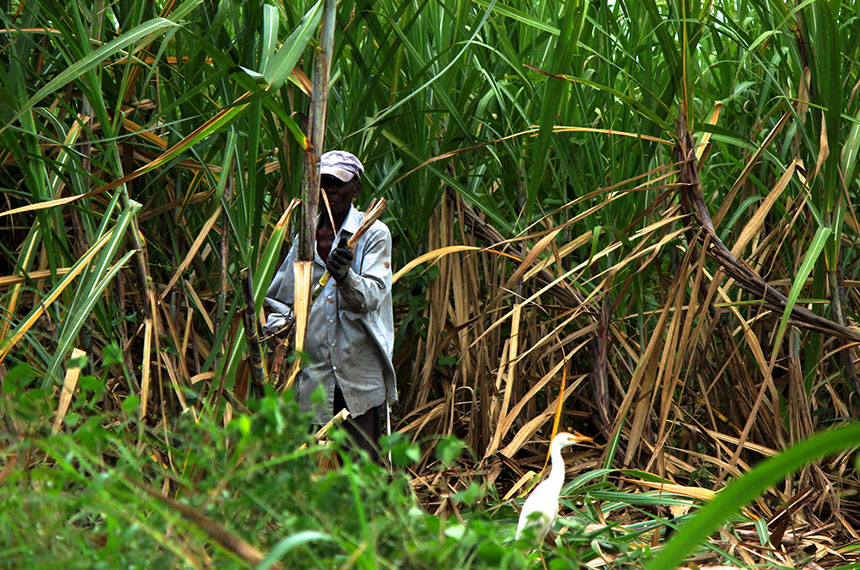
I spend most of my days hiding in plain sight. When I’m sitting in the kitchen of the Don’s casa, peeling potatoes for his dinner, I wonder if his children can see past my exterior. They don’t know my name. I wonder where the bird is today, what branch outside he is perched on. When he is not here, I feel as though I am still stuck, knees plastered to the ground, drowning in the cane fields. My body is there, floating in remembrances of moments of my life. When he is not close to me, within my sight, or when I am unable to picture him in my mind’s eye, as it has been weeks since he has flown by to talk with me, I realize that I am alone. Do I still exist, kneeling here in the midst of an ocean of sugar, I know no one. And when he is not here, no one knows me. Do I exist outside of this sea even if I have never left it physically? I fly out with him sometimes, but I am always forced back, machete in hand, dripping in the sweet sweat of cane sugar, the stench of burning fields filling my lungs."
Background
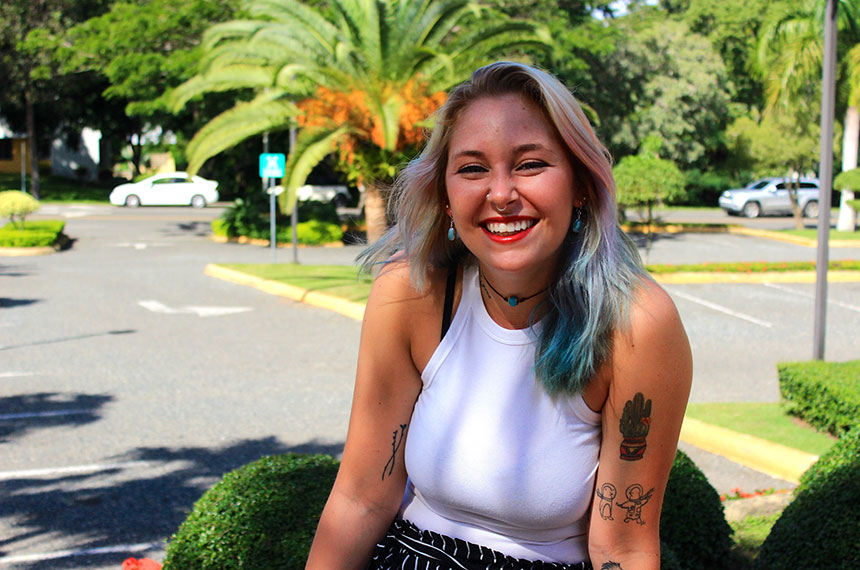
Brittany Fulgione '18 is graduating as a biology and spanish double major with minors in sustainability studies and latin american and latino studies. This exhibit was created for Brittany's Latin American/Latino Studies Capstone project but the images and experiences were collected during a faculty-led study abroad trip to the Dominican Republic with Autumn Quezada-Grant, associate professor of Latin American history, and Dorian Jackson, assistant professor of Spanish.
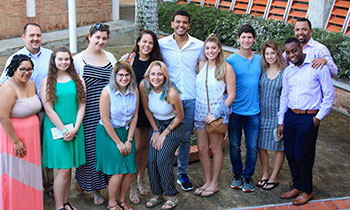
That intensive study abroad experience, which takes place during the winter intersession, is a six-credit course titled Social Justice in Hispaniola which combines explorations of history and the spanish language. Students on the trip develop a deep understanding of the history of the island of Hispaniola including the tensions that exist between the Dominican Republic and Haiti, the two countries which share the island.